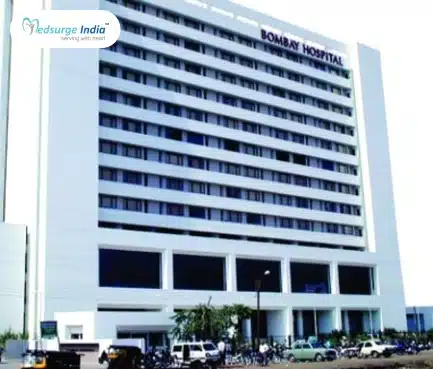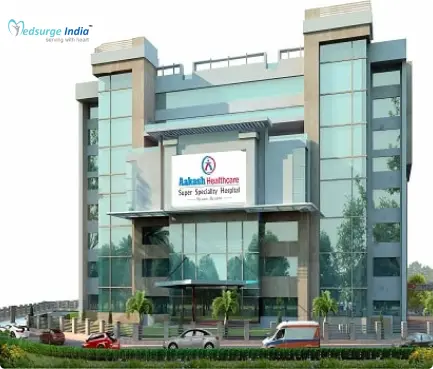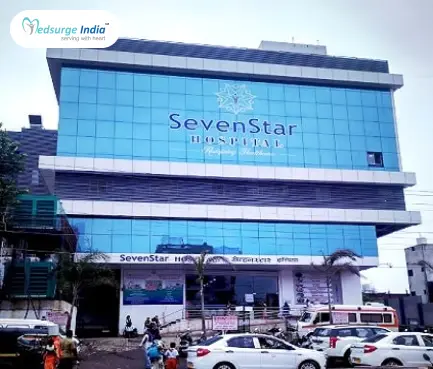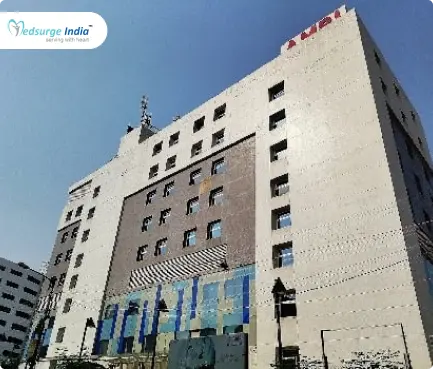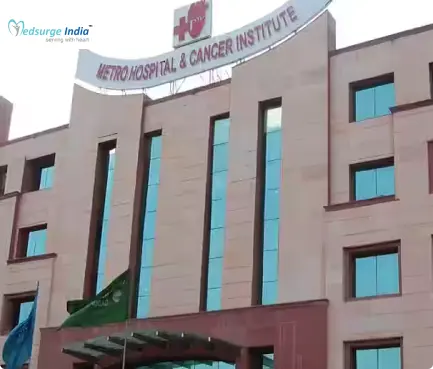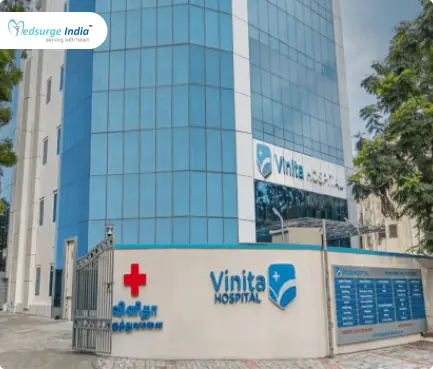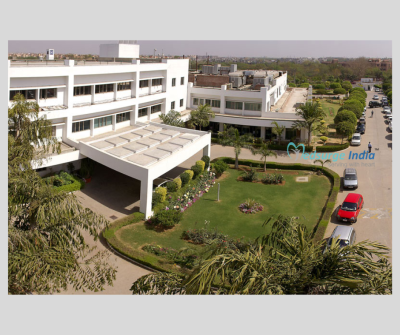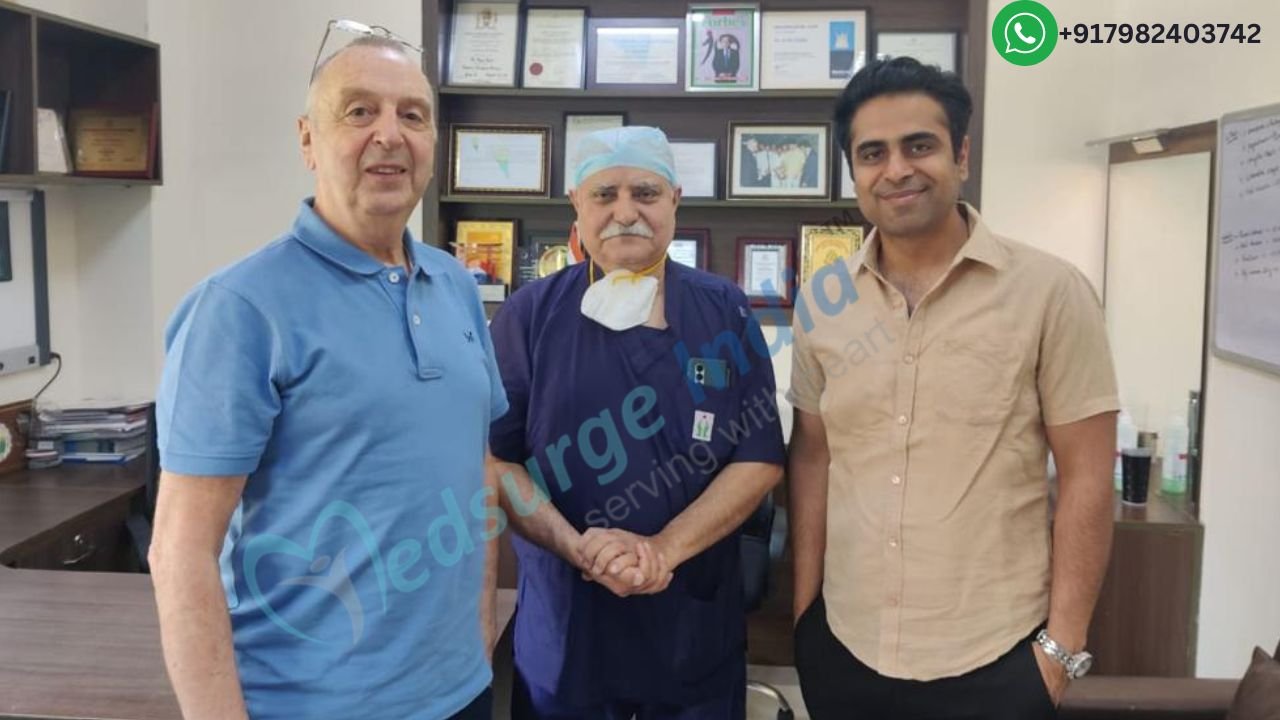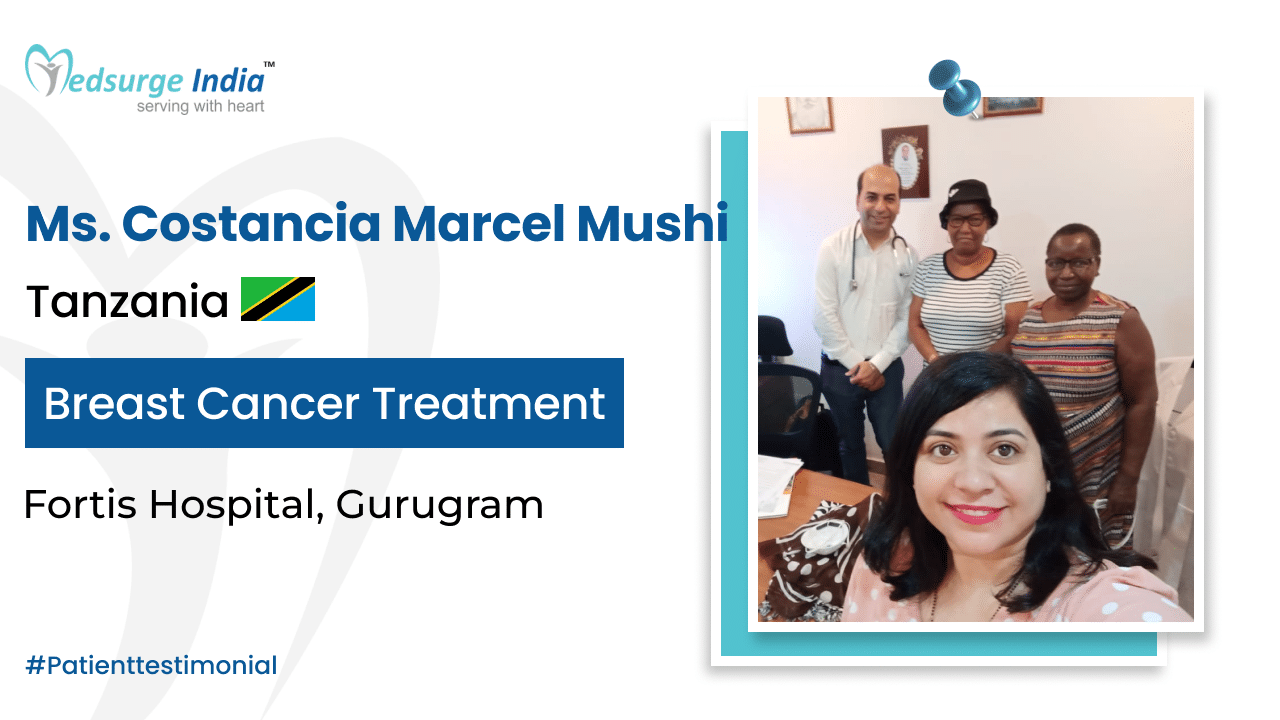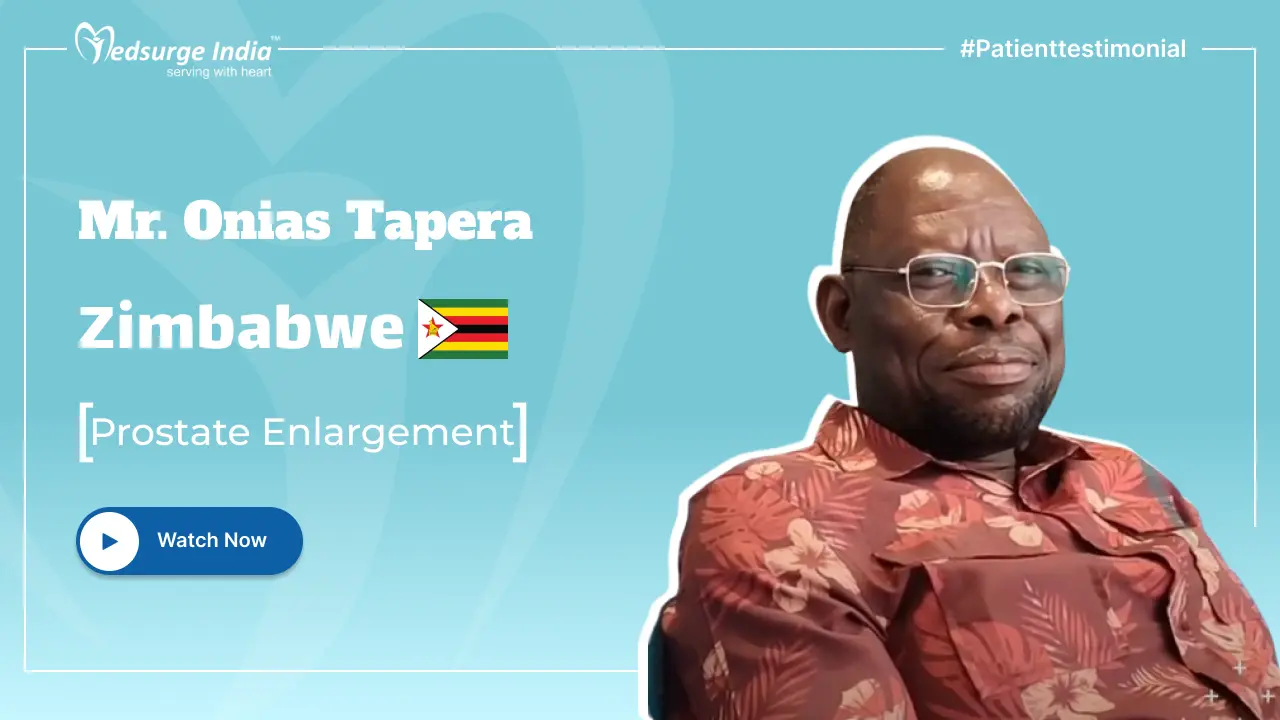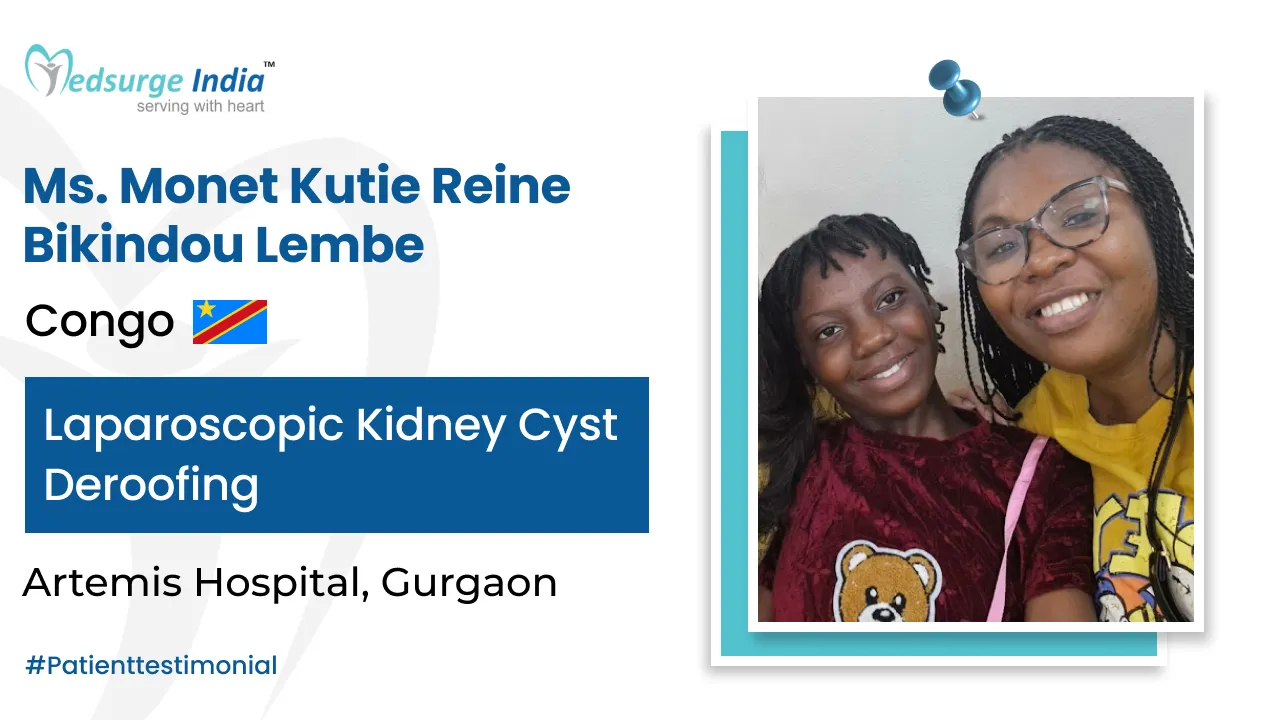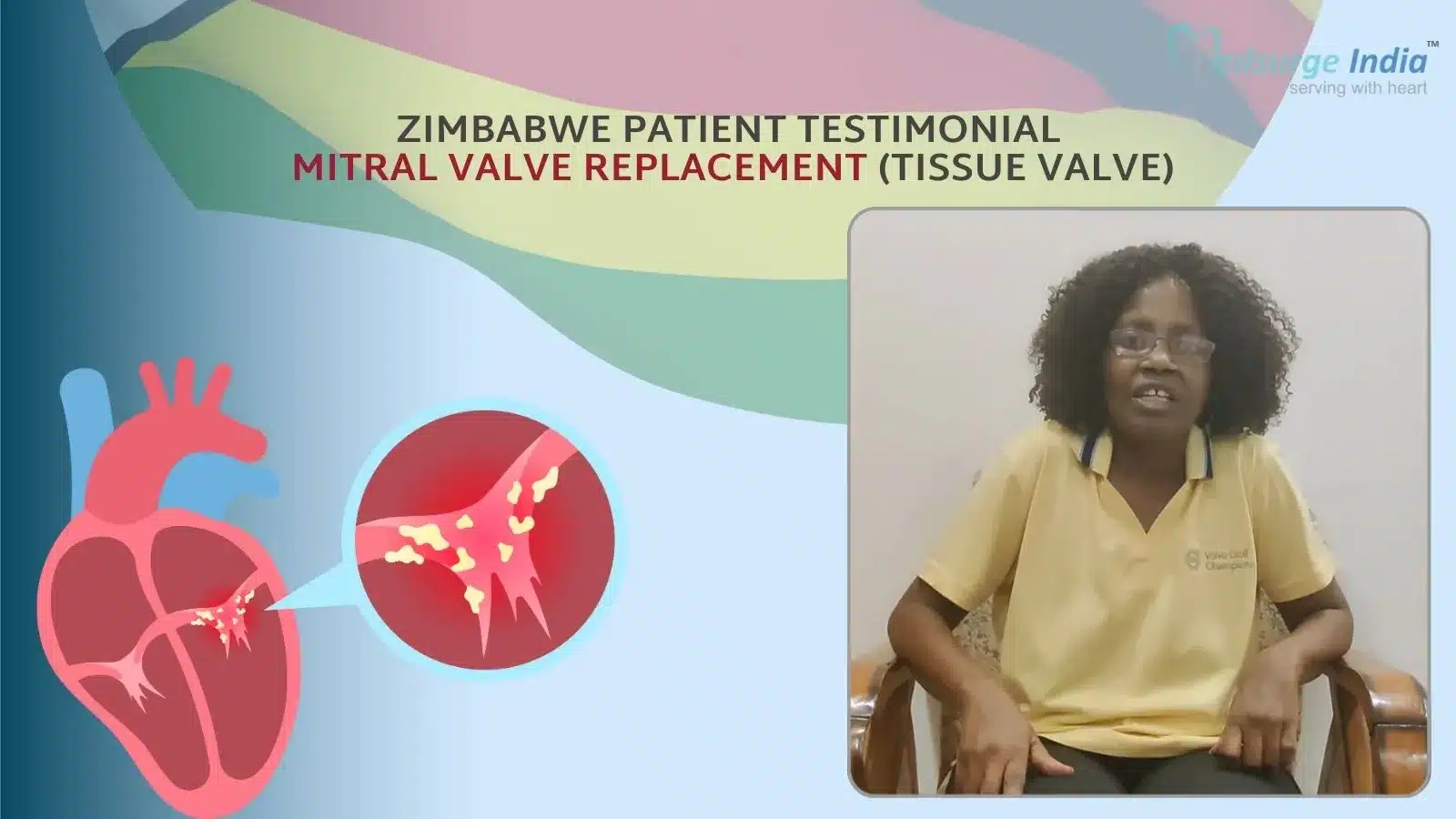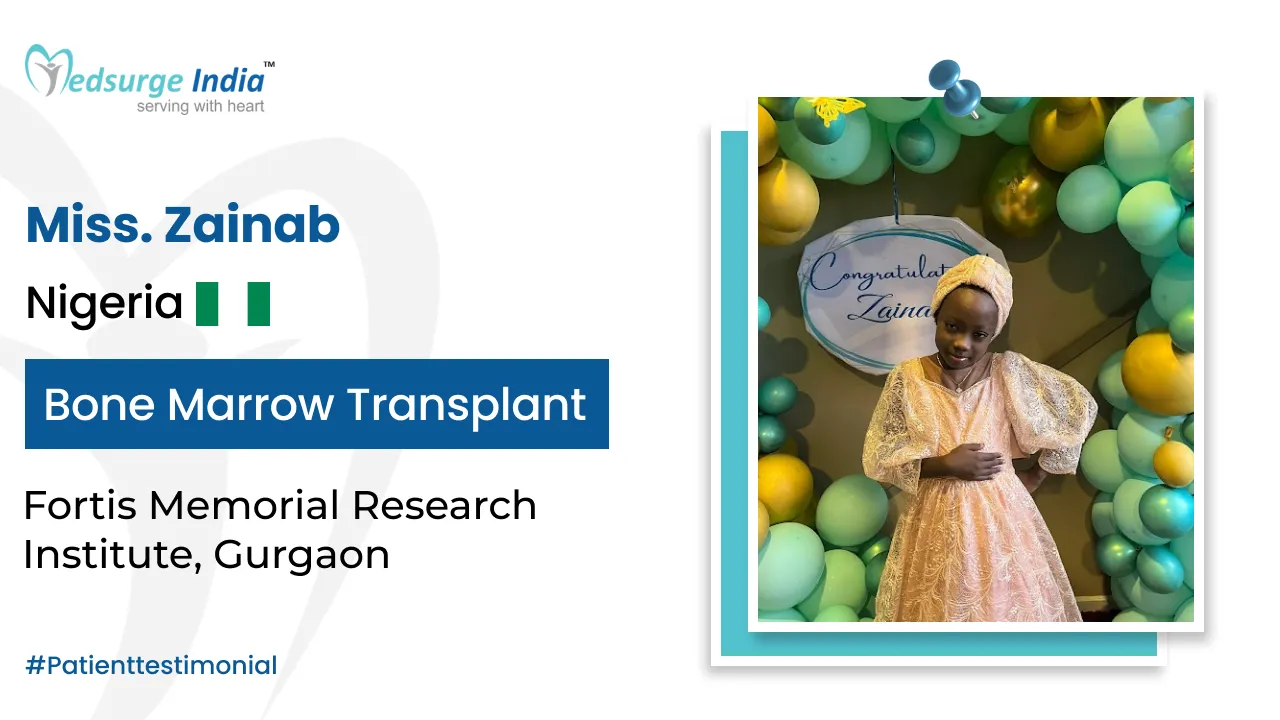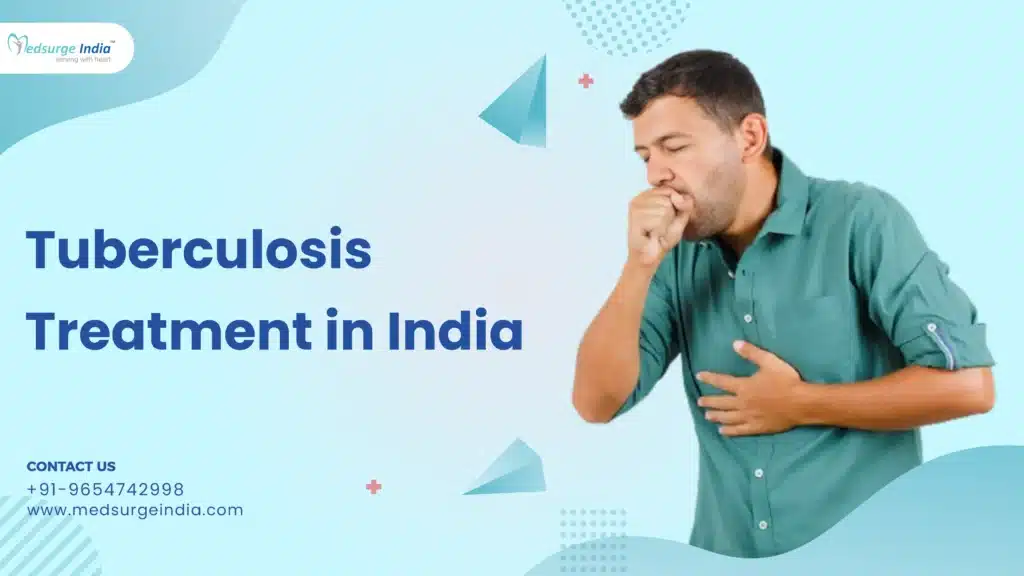
Tuberculosis, also known as TB, is a severe disease that primarily impacts the lungs. The bacteria responsible for causing tuberculosis can be spread through coughing, sneezing, or even singing, as tiny droplets containing the germs are released into the air. When another individual inhales these droplets, the germs can enter their lungs.
Tuberculosis is more likely to spread in places where people gather in large numbers or live in cramped conditions. Individuals with HIV/AIDS or weakened immune systems are at a higher risk of contracting tuberculosis compared to those with healthy immune systems. Treatment for tuberculosis involves the use of antibiotics, although some strains of the bacteria have developed resistance to these treatments.
Tuberculosis Treatment Cost in India
Tuberculosis treatment cost in India ranges between 500 USD to 5200 USD. In most cases, the expenses of tuberculosis vary from hospital to hospital and from center to center based on several factors.
Cost Comparison of Tuberculosis Treatment with Other Countries vs India
| Countries | Starting Price |
| India | 600 USD |
| UAE | 1200 USD |
| US | 8300 USD |
| UK | 8500 USD |
Factors That Can Affect The Cost of Tuberculosis Treatment in India
Some of the possible factors influencing Tuberculosis treatment cost in India are. This is because several factors that do not fall under the pre and post-treatment costs greatly influence your budget. The following are among the aspects that may influence tuberculosis treatment cost in India.
- Medication costs
- Patient Condition
- Duration of treatment
- Geographical location
- Hospitalization expenses
- Government policies and subsidies
- Medical tourism packages
- Hospital reputation and infrastructure
- The expertise and experience of medical professionals
- The type and frequency of diagnostic procedures
- The choice of treatment modality.
What Causes Tuberculosis?
Tuberculosis is caused by Mycobacterium tuberculosis, a bacterium. Individuals with active TB in the lungs or voice box can transmit the disease by releasing small droplets containing the bacteria into the air. Transmission can occur during activities such as speaking, singing, laughing, coughing, or sneezing. Inhaling these droplets can lead to infection.
The likelihood of disease transmission increases when individuals spend extended periods together in enclosed indoor spaces. Therefore, TB spreads more readily in settings where people reside or work closely for prolonged durations. Additionally, crowded gatherings facilitate the spread of the disease.
What are the Symptoms of Tuberculosis?
Individuals who have inactive tuberculosis do not display any symptoms. Nevertheless, they might test positive for a skin reaction or blood test. On the other hand, those with active tuberculosis may experience a range of symptoms such as:
- Persistent cough lasting more than two weeks
- Chest pain
- Coughing up blood or mucus
- Fatigue
- Loss of appetite
- Weight loss
- Chills
- Fever
- Light sweats.
How is Tuberculosis Diagnosed?
There are two types of screening tests for TB: the Mantoux tuberculin skin test (TST) and the blood test, known as the interferon-gamma release assay (IGRA).
For the TST, a healthcare provider will inject a small amount of a substance called purified protein derivative (PPD) under the skin of your forearm. After two to three days, you must return to the healthcare provider, who will examine the injection site.
For the IGRA, a healthcare provider will draw blood and send the sample to the lab. Additional tests to determine if an infection is active or if your lungs are infected include:
- Lab tests on sputum and lung fluid.
- Chest X-ray.
- Computed tomography (CT) scans.
How is Tuberculosis Treated?
Tuberculosis infection and disease can be effectively treated with the following medications:
- Isoniazid (Hyzyd®)
- Rifampin (Rifadin®)
- Ethambutol (Myambutol®)
- Pyrazinamide (Zinamide®)
- Rifapentine (Priftin®)
It is crucial to complete the full course of medication as prescribed by your healthcare provider, as failure to do so may result in incomplete eradication of the bacteria. The duration of treatment may extend up to nine months. In cases of drug-resistant TB, multiple medications may be necessary for effective treatment, and it is imperative to adhere to the entire prescription.
Prevention of Transmission
- Isolation may be necessary for patients with active TB, especially during the initial phases of treatment, to avoid spreading the bacteria to others.
- Contact tracing and screening are crucial in identifying and screening individuals who have had close contact with the patient, to prevent further spread and to start early treatment if necessary.
A comprehensive approach to effective TB treatment includes adherence to the drug regimen, monitoring and managing side effects, and providing supportive care to address nutritional and other health needs.
Best Hospitals for Tuberculosis Treatment in India
Many good hospitals in India provide some of the best treatment care for patients. Here is a list of the top best hospitals for tuberculosis treatment in India:
- Blk-Max Super Speciality Hospital
- Artemis Hospital
- Max Super Speciality Hospital, Saket
- Medanta Hospital
- Jaypee Hospital
- Fortis Hospital Noida
- Apollo Hospital
- Fortis Memorial Research Institute, Gurugram
- Manipal Hospital
- Marengo Asia Hospitals
Get Free Cost Estimation
The Most Important Frequently Asked Questions
Q: Which Course of Treatment Is Best for TB?
A: The standard tuberculosis (TB) therapy is to take antibiotics for at least 6 months. You might also need to take steroid medication for a few weeks if TB has affected your brain, spinal cord, or the region surrounding your heart.
Q: Is Tuberculosis Completely Curable?
A: Tuberculosis (TB) is completely curable if treated with an approved four-drug combination for at least six months.
Q: Do TB-affected Lungs Fully Recover?
A: More chest infections and a poor quality of life can persist even after treatment. Forty percent of patients require additional hospitalization for the treatment of pulmonary diseases. After recovering, more than 40% of TB patients experience lung impairment. Patients get intermittent dyspnea as a result.




